Interviews, Science & Skepticism, Surfboards, technologySmartfin: Underwater Microscopes
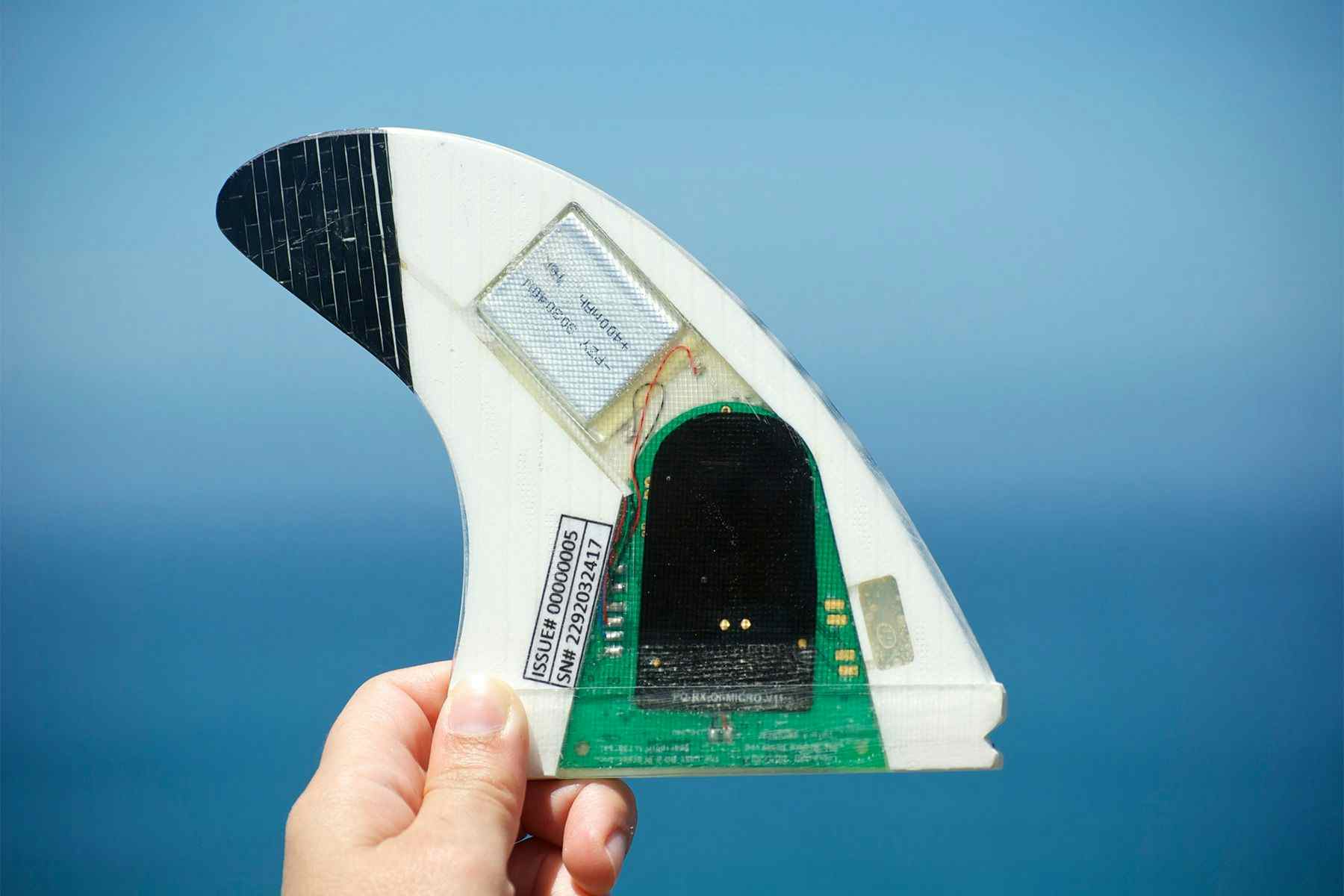
Two Scientists’ Journey to the Development of the Smartfin
Nowadays, it would be nearly impossible to think of a single segment of our lives that hasn’t been directly influenced by the advances of modern technology. Discussions arise over possible social consequences as a result from these transformations: Are they affecting traditions? Impoverishing identities? Disrupting cultures?
In sectors such as leisure, these advances seem to be playing more positive roles than negative ones. In the world of surfing, for instance, one could even say that there was a “technological revolution” at the turn of the century – especially in terms of material development, surfboard design, and the improvement of artificial waves. One concept that has been gradually developing (both in surfing and other water-related sports) is that of citizen science (previously covered by Surf Simply) – which according to Google is defined as “the collection and analysis of data relating to the natural world by members of the general public, typically as part of a collaborative project with professional scientists”.
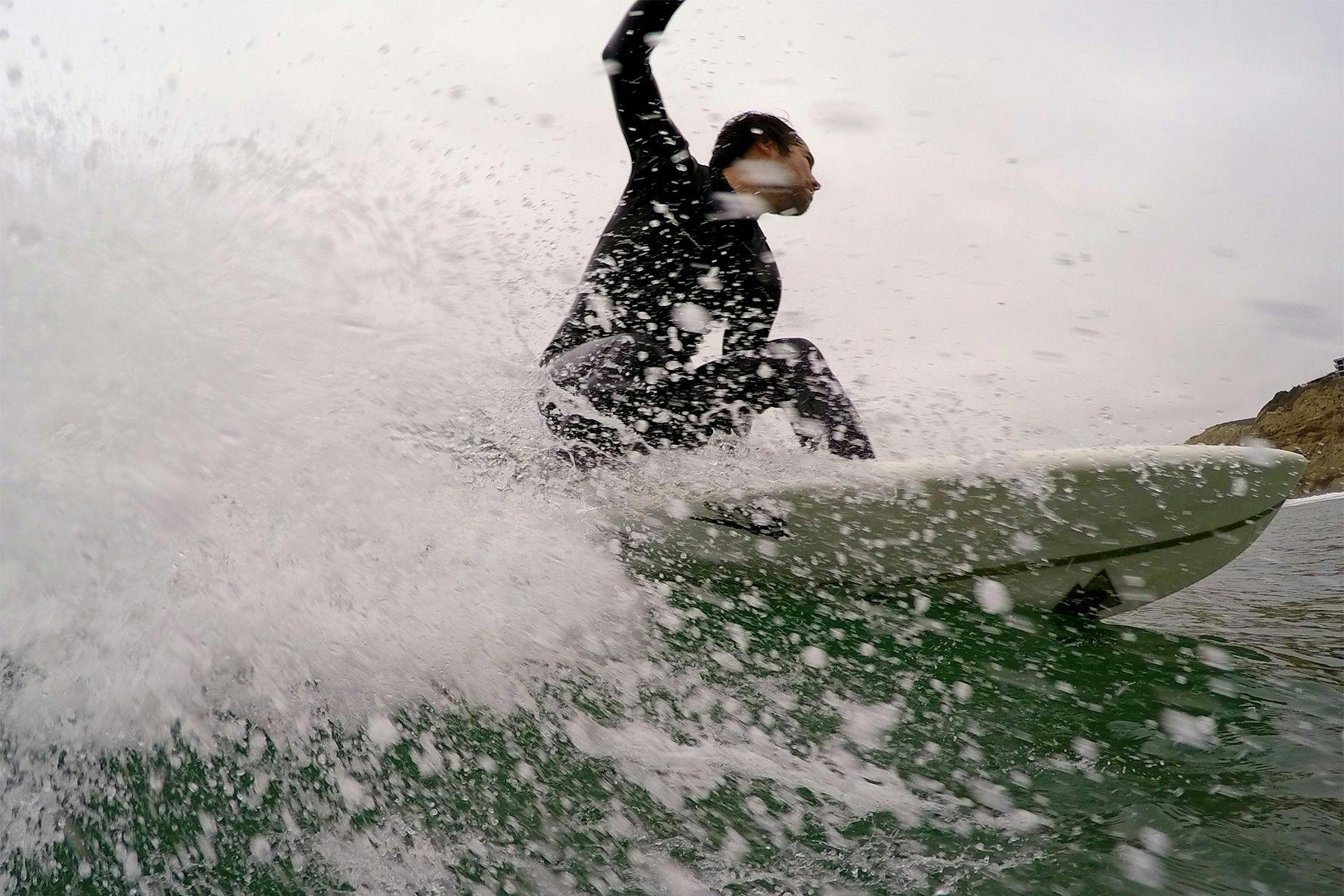
Among the scientific endeavors that currently surround the surf world, the Smartfin shows an array of proactive and multipurpose features which can be valuable to the sport and its advocates in the long run. Having kicked-off in 2010, this initiative by Andrew Stern (a former professor of neurology at the University of Rochester) aims to use the data collected by a surfboard fin to better understand the variations of ocean temperature and acidification. All the while promoting a means for communities to address some of the stresses experienced by coastal regions due to the on-going changes to the world’s climate. The fin itself is packed with sensors that measure multiple ocean parameters (currently including temperature, location, and wave characteristics, with many more to come) and is currently in its Closed Beta phase – which means that a lucky few have already been testing the devices. Over the past few years, the project transformed into a collaboration between the Scripps Institution of Oceanography, Surfrider Foundation, Futures Fins and Lost Bird Project, with a team of researchers, engineers, and designers working together to develop the highest quality instrument possible.
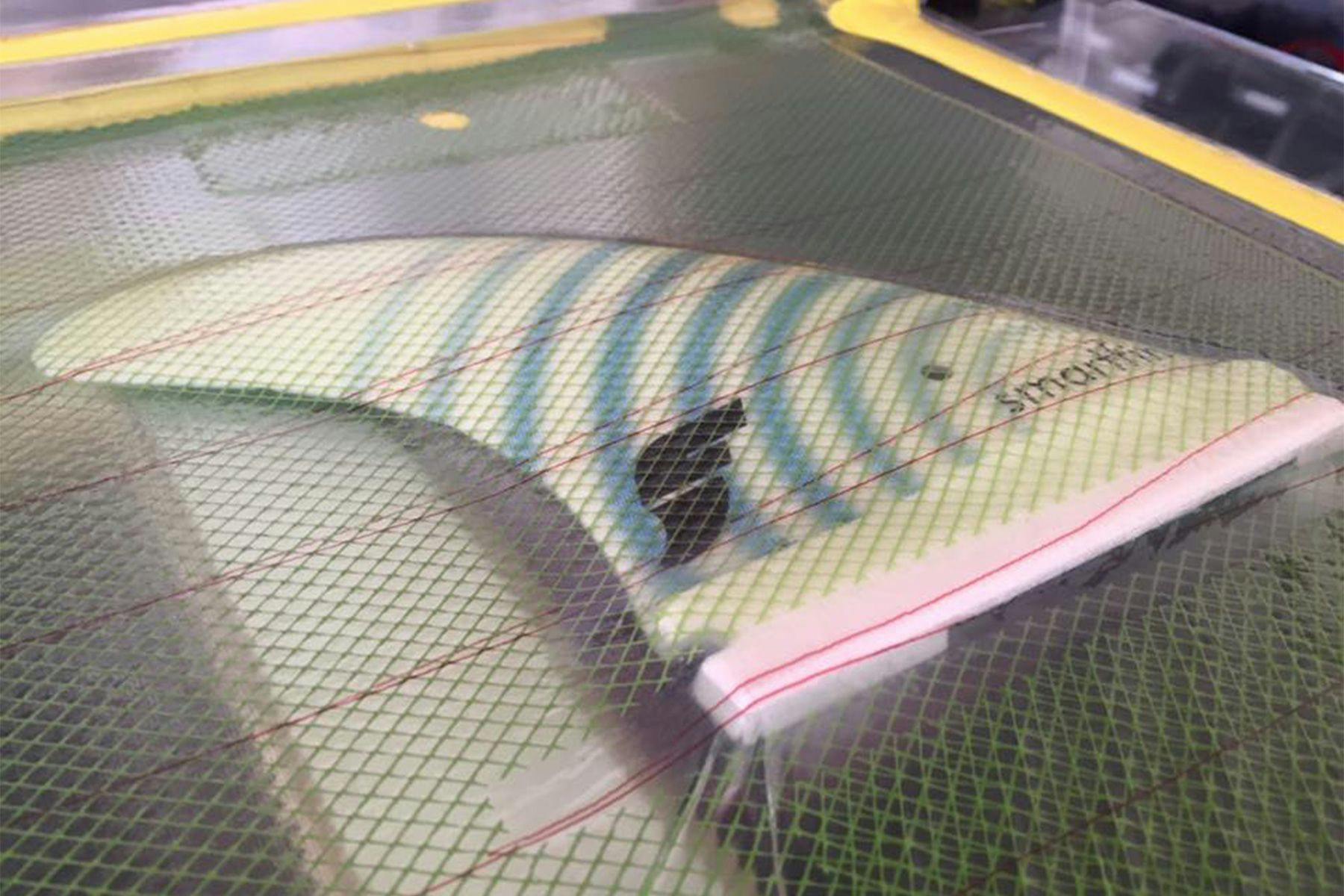
Still, much like the creation of devices or the improvement of materials, there are important, underlying narratives to this “surf-tech movement” that reveal interesting perspectives – such as the stories behind a surf-science relationship. With that in mind, Surf Simply approached two people whose trajectories have not only led them to be a part of the Smartfin project, but also allowed for continuous applications of their scientific knowledge through a passion for surfing, in the pursuit of the well-being of the oceans. They are Smarfin’s Senior Development Engineer, Dr. Phil Bresnahan, and the project’s Postdoctoral Researcher, Dr. Tyler Cyronak.
As a starting point – and assuming there was some sort of relation between their love for the ocean and the fact that they’re currently working to maintain its health – we wanted to find out what brought both Phil and Tyler close to the ocean, science, and ultimately, surfing.
Phil: I grew up on the East Coast of the USA, about an hour and a half from the Atlantic Ocean. My grandparents have a house in Ocean City, New Jersey, which we visited almost every weekend when I was a little kid and I even lived with them for a few summers. My grandfather and parents would take me fishing and my cousin tried to teach me how to surf (twenty years later, I’m still trying to learn). I spent a lot of time in the ocean with my sisters and parents and we frequented the Loggerhead Marine Life Center in Jupiter, FL, which is where I probably first started thinking about protecting our planet through wildlife conservation and climate change research. I studied chemical engineering in college but I knew early on that I didn’t want to follow a “typical” chemical engineer’s path (into a petroleum refinery or pharmaceutical plant, for example), but I didn’t really know what I did want to do. I pretty much literally stumbled across the subject of oceanography in my junior year in college and immediately knew that’s what I wanted to do. I started the Scripps Institution of Oceanography PhD program in 2009 and joined Todd Martz’s lab, focusing on chemical sensor development (all sensors we design are directly or indirectly related to pollution that ends up in the ocean).
Tyler: I too grew up on the East Coast, not too far from Phil in the suburbs of Philadelphia. My early experiences of the sea came during family summer vacations to the Outer Banks in North Carolina. I didn’t learn to surf then, but I remember being amazed that people actually could spend their lives next to the ocean, working regular jobs like in Malvern but with the ability to go to the beach any day they wanted. I had to find a way to live by the ocean too, so I did the only thing I could think of and pursued a career in oceanography. Since leaving for college in 2000 I stayed close to the ocean, and eventually ended up in Charleston, SC where I first started surfing. I really ‘learned’ to surf when I moved to Byron Bay, Australia to get my PhD at Southern Cross University. I spent a lot of time during my PhD surfing a beautifully long point break called The Pass, and remember often joking with my friends that I was going out sampling. So I guess that brings us here to Smartfin, where I really do get to go surfing, I mean sampling, for work.
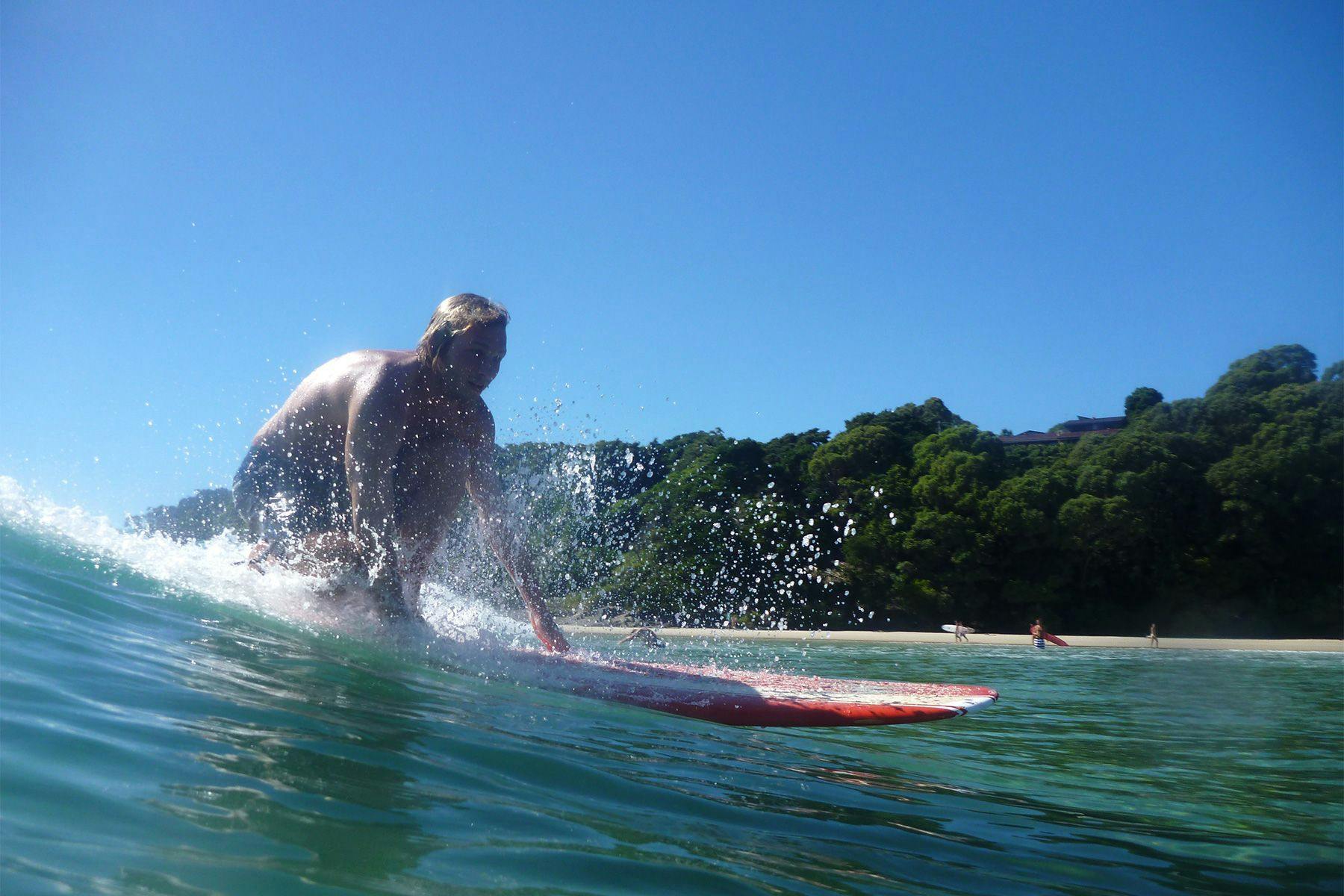
As Tyler said himself, this brings us to the Smartfin and how their paths crossed with that of the project; in which way their work fits with the project’s proposal; how their past meets their present. For Tyler, it was serendipity, since the project’s founder, Andy Stern, happened to be looking for someone to help validate the chemistry measurements from a Smartfin prototype. As for Phil, it was both serendipity and his background in miniaturizing chemical sensors and integrating them with watersports equipment that overlapped with one of the Smartfin Project’s main goals: to add new sensors to the fins – which consequently granted him the position as Research & Development Engineer at Scripps.
This led to one of Phil’s initiatives, the SUP, Science Project – an idea which “basically consists of strapping chemical sensors to Stand Up Paddleboards, and paddle them through the surf zone”.
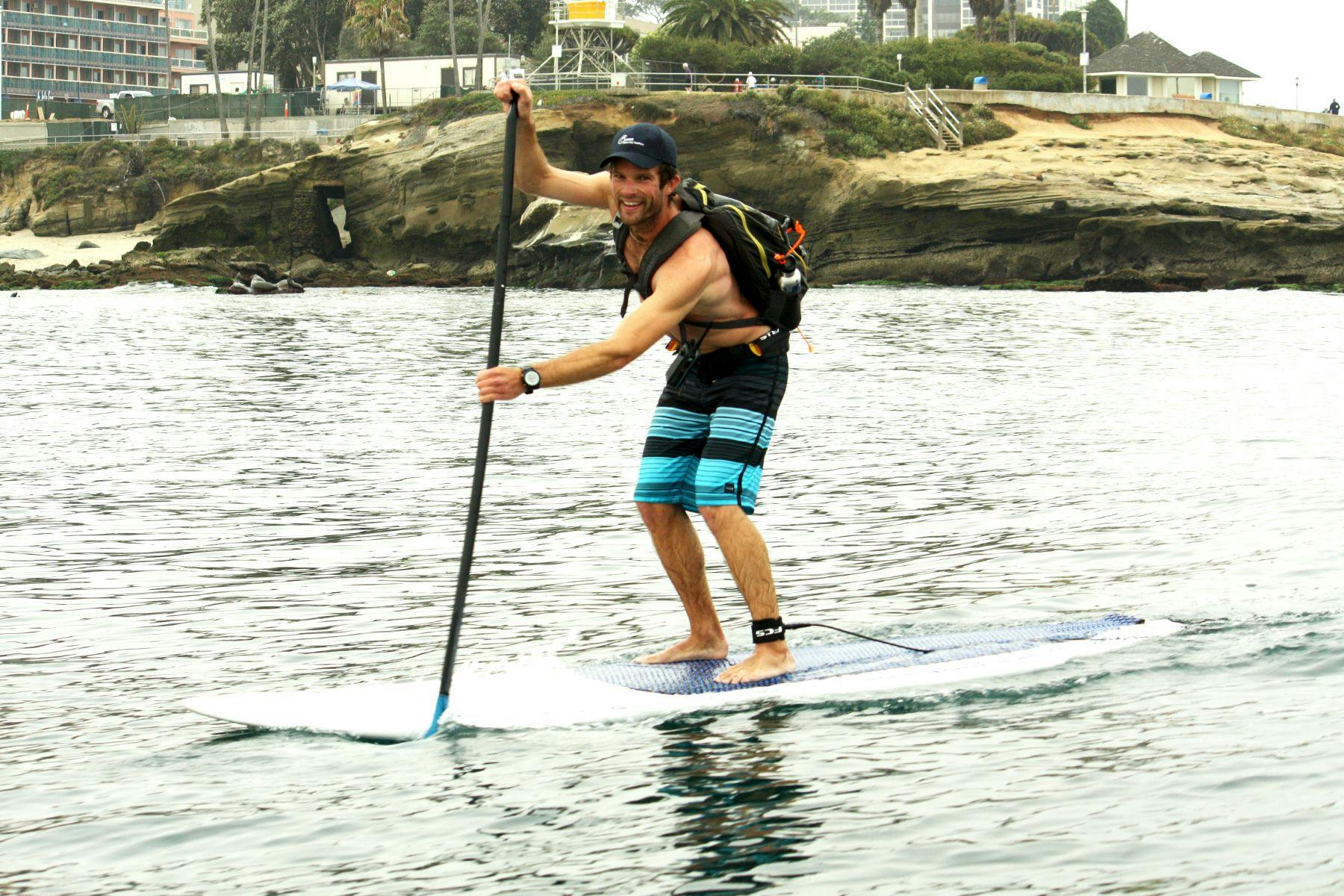
Phil: Early on in my undergrad/grad school days, I thought that we just needed more information about the harm that CO2 was doing to the ocean to be able to convince congress to write the proper legislation to slow down the burning of fossil fuels. That is, I thought we just needed to do more research. I fairly quickly realized that more research was (and still is) certainly needed to answer specific questions but that legislative inaction wasn’t due to a lack of scientific information but rather the (deliberate) prevalence of misinformation in the general public. So I started trying to think of ways to connect my scientific research with my other interests and make it more accessible to broader audiences, which led me to start dragging around our lab’s pH sensors on stand-up paddleboards. Eventually we were lucky enough to find and hire an intern, Taylor Wirth, who redesigned the sensor to optimize it for mobile platforms (specifically for SUPs, though it would work well on kayaks, sailboats, or other moving vessels, too). Four years later, Taylor is still a huge asset to our lab, now as a full-time R&D engineer like myself. The coolest thing we learned, in my opinion, was how small in space some biogeochemical signals (like changes in oxygen and pH) can be. It’s not news to oceanographers or marine biologists that plants and animals in the ocean photosynthesize and respire, creating and consuming oxygen and carbon dioxide, but I was astounded by how small and well-confined some of these signals were — which is really hard to determine using traditional marine chemical analyses.
But what exactly is biogeochemistry and why is it important to have a better understanding of this concept?
Phil: If you separate out the prefixes of that word, “bio,” “geo,” and “chem,” you can sort of see the underpinnings of biogeochemistry: it’s the study of how life and the planet’s rocks and minerals and chemicals all interact. As one really specific example, as humans pump more CO2 out of their cars’ tailpipes and into the atmosphere, the ocean absorbs a huge percentage (roughly 25%), which changes the ocean’s chemistry. Specifically, since carbon dioxide (CO2) and water (H2O) combine to make carbonic acid (H2CO3), it makes the ocean more acidic. More acidic waters may speed up the dissolution of minerals like calcium carbonate which make up the foundations of coral reefs, thereby altering the biodiversity of species on those reefs and potentially even making it harder for humans who depend on reef fishes to get their protein due to effects across the entire food chain. So biogeochemistry is the study of cycles across slightly different, but very tightly coupled subjects.
Branching off Phil’s insights on biogeochemistry’s “whats” and “whys”, Tyler described what are the key factors that we should be concerned about regarding the changes in oceanic conditions.
Tyler: The oceans make up roughly 70% of the surface area of Earth and play a critical role in modulating climate, along with providing innumerable goods and services to humankind. Not too long ago in human history the prevailing view of the oceans was that they offered infinite resources that could not be extinguished. However, even though the oceans are vast, they are not infinite. We have done many things to impact the oceans from depleting fisheries to the point of collapse to raising seawater temperatures through carbon dioxide emissions. It really is hard to pick one issue that we should be concerned about, largely because there are so many. That being said, I’ll focus on rising ocean temperatures due to climate change, because that is where Smartfin currently fits in the best.
Most of the heat being trapped within the Earth system from climate change ends up in the oceans. This has major implications not only for the organisms that live within the ocean, but also for the physical volume of seawater. Most of the recent rise in sea level associated with climate change comes from melting glaciers and ice sheets on land, but a significant portion is also due to the thermal expansion of seawater as it heats up. Rising sea levels will lead to shifting human coastal communities, which is a huge concern, but that doesn’t even get into any of the effects of rising seawater temperatures on the organisms and communities that live in the oceans. For example, coral reefs are highly affected by rising seawater temperatures, causing corals to bleach and lose the symbiotic micro-algae living inside their tissue. This can decimate huge sections of coral reefs, which are home to close to 30% of the species that live in the oceans. Changing temperatures will shift the geographic range of organisms, making places that were once hospitable to some organisms inhospitable. All of this will create massive, ecosystem level transformations on scales humans haven’t seen before, and unfortunately we aren’t really prepared to deal with what will come.
This explains the reasons behind the urgency to spend so many hours inside the lab (and out in the water) developing the fin. Other key factors to be considered are the manner with which their intrinsic relationship with the ocean and their experience as surfers have assisted the development of the fin (Phil), as well as what does using the Smarfin entail to the “average citizen” (Tyler).
Phil: As an ocean sensor developer and oceanographer, it’s not terribly difficult to conceive of new coastal sensors and to pretend that everybody who spends time in the water would want to learn how to use research equipment to help with oceanographic studies. But, as a surfer, you realize that’s simply unrealistic. Surfers, myself included, just want to jump in the water when it’s convenient and catch some fun waves—not deal with extra gear hanging off of their boards or worrying about whether or not it’s working. My experience as a surfer helps me make engineering decisions related to how Smartfin does and will work that might be overlooked by someone who didn’t spend as much time in the water.
Tyler: Right now a surfer turns on their fin (either by magnet or with new motion sensing firmware) and goes surfing. Once they come back on land they connect their fin to a smartphone via our app and upload the data to the cloud. Currently, each surf session or ‘ride’ is catalogued on our website along with all of the data (temperature, GPS location, and motion data) which can be accessed by anyone and downloaded in an Excel spreadsheet. That is the current set up, but we are working on developing a more interactive website that will allow surfers to access data in a map based ecosystem and interact with other surfers and scientists. This will help provide a place for people to discuss their data, and hopefully for scientists to answer questions and explain, in formats such as blogs, what the data is telling us.
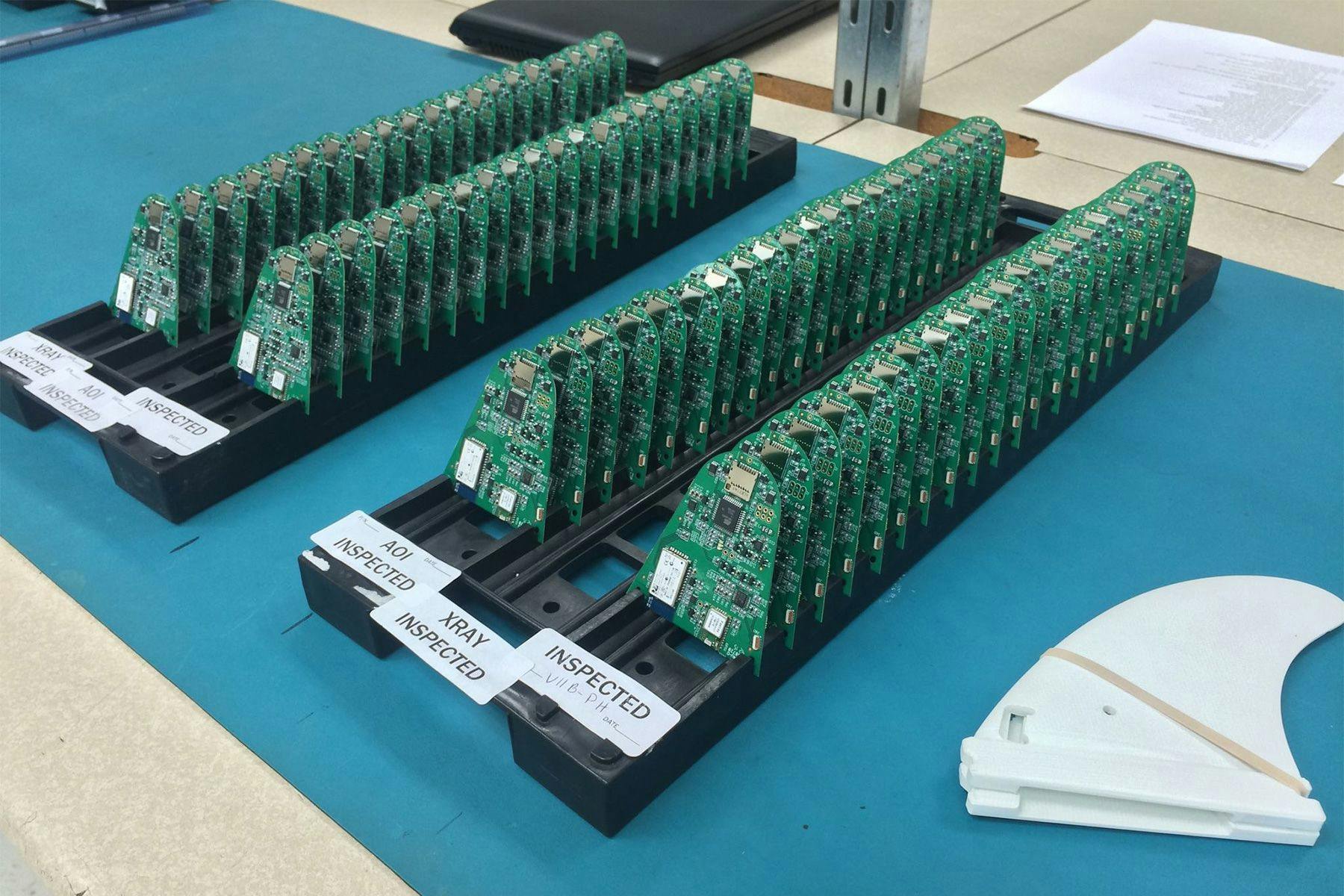
Finally, it often seems commonplace that any big project (especially those calling for thorough scientific research) involves a fair amount of expectation, both at the initial stages and the future prospects as research unrolls. Therefore, it was interesting to find out more about of how their own perspective has transformed since they joined the Smartfin team, and what their hopes are for the future of the fin. After all, there must be a few things motivating them to take their microscopes underwater.

Tyler: I didn’t really know where the project was going to go when I started, but I was really excited to be involved with a project that merged surfing, citizen science, and oceanography. I think there is huge potential for Smartfin on many levels. One thing that has been really great is that it has expanded my experiences with outreach, and I have gotten to do a bunch of great things within the local community. For example, we held a screening of Chasing Coral last September in Encinitas that turned out to be a huge hit with over 300 people attending. Not only did we get to screen the movie and showcase Smartfin to the local community, but we had a panel of coral scientists answering audience questions at the end, which really helped to highlight some of the local science around San Diego. So I am really excited about the potential for community engagement and scientific outreach in the future. I am also excited to collect near shore data at high-resolution spatial scales and to see what cool new science comes out of it.
Phil: Among the biggest current technological trends are the Internet of Things (IoT) and Smart Cities. There are some fascinating inventions out there that can help improve efficiency in our communities and enable real-time monitoring in ways that weren’t really possible before. However, connecting the ocean with the IoT has proved elusive, partly just due to the fact that wireless communication underwater is a pain (unlike above the water, where we can use Bluetooth, WiFi, cellular, and satellite connectivity). Smartfin breaks through this barrier by asking surfers to provide that connection between land and water, by bringing autonomous sensors with them into the water simply by surfing and then back into range of wireless connectivity after their sessions. Equipping the coastal ocean with near-real-time IoT devices will have some huge benefits like alerting coastal communities about potentially dangerous conditions and it will help oceanographers study the coastal ocean in much more detail than previously possible. We still have a way to go before we’re at true “near-real-time” capacity, but we’re getting there.
Surf Simply would like to thank Dr. Phil Bresnahan, Dr. Tyler Cyronak, and Natalie Ruiz Tofano, from The Lost Bird Project, for their assistance producing this article.